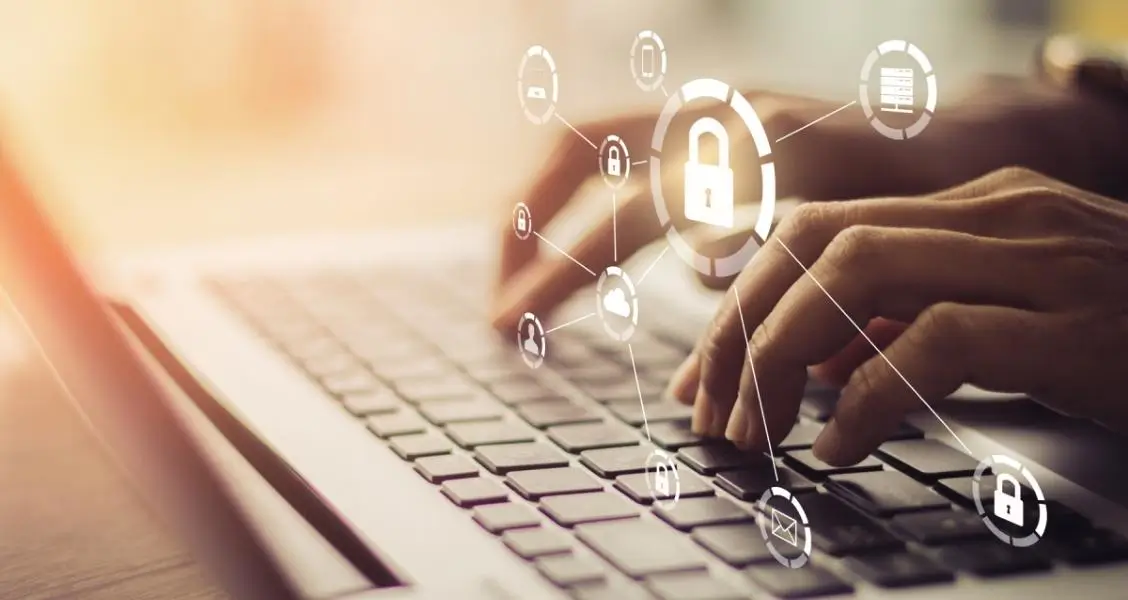When it comes to sales enablement vs. sales operations, it can be hard to tell how one relates to the other and how they work together within the overall organization of a company. Both departments, however, are crucial to the success of the sales cycle. Their emphasis on productivity and expertise can help increase close rates and even boost overall revenue.
But before you can understand how they work together, it’s important to see exactly what sets them apart. We’re going to take you on a brief overview of sales enablement and sales operations and then explain exactly how the two function together. Let’s get started.
What is sales enablement?
At its core, sales enablement is simple to understand: it’s the process of training your sales reps. But that doesn’t just mean handing reps an onboarding packet after hiring and calling it a day! Instead, sales enablement requires a robust and ongoing program designed to help track and improve the abilities of your sales reps. That means sales enablement can include everything from training and coaching to courses and special events.
The sales enablement team is all about checking in with sales reps on a regular basis and constantly searching for ways to streamline and optimize performance whether that’s through refreshing their skills or adding to their knowledge base. You can learn more about the basics here.
Who is involved in sales enablement?
The first thing to understand about the role of sales enablement is that it’s truly for everyone, whether the company is a large Fortune 500 or a small, regional business. While some companies will be able to build out a robust, dedicated team, others can delegate sales enablement duties across the sales and marketing departments as they see fit.
That said, every sales enablement team should have a thoughtful structure. This is how you’ll create order and how you can set expectations for who’s responsible for what. Here are the basic players in many sales enablement teams:
- Manager: heads up the team and takes responsibility for implementing strategies that align with the company’s vision.
- Developers: focus on working on software and user experience to assist the sales team.
- Analysts: measure the success of the program’s outcomes and help explain why and how it fails or succeeds.
- Marketing executives: target personas for developed technology and create sales messaging for the reps to adopt.
What are the main KPIs for sales enablement?
Five main KPIs for sales enablement give a full picture of the overall success of the program. They are:
- Lead-to-Opportunity Conversion Rate: a way of measuring the chance for leads (sales prospects) to become opportunities (potential clients/customers with a high chance of purchasing) and it shows whether reps are reaching the right people at the right time.
- Content Performance: a way of seeing if the content your team is producing is relevant to your target audience. It can also help determine if reps are unaware of a piece of content that could be helpful to them.
- Win Rate: your number of won opportunities (or closed deals) divided by your total number of opportunities. The better this rate is, the better your team is doing when it comes to closing.
- Sales Cycle Length: the length of time it takes your reps to get from first contact to final sale and the shorter this time period, the better for your teams.
- Knowledge Retention: the amount of training your teams retain throughout the year.
What are sales operations?
The sales operations team handles the logistics of your sales team, which can include everything from sales planning and forecasting to compensation. Basically, the role of sales operations is to help the overall sales force run efficiently and effectively.
Sales operations also cover a lot of ground including business analytics, administration, and even some elements of sales enablement. They may also play a key role in cross-functional projects, where they can represent the needs of the sales department and act as a liaison between sales and finance, marketing, IT, and other departments.
Who is involved in sales operations?
Your sales operations team, just like your sales enablement team, may vary depending on the size of your company. A general structure that many companies use includes the following roles:
- Manager: develops the sales strategy, divides territories, and creates a sales plan with a forecast.
- Analyst: evaluates and organizes data, provides support to marketing and accounting teams, and analyzes market trends.
- Technical Operations Advisor: uses technology to boost efficiency, tracks KPIs and metrics, and acts as CRM administrator.
- Sales Planning Specialist: aids sales reps by compiling pricing and contract information, manages customer communication, and assists with organization and collaboration.
What are the main KPIs for sales operations?
There are many potential sales operations KPIs, but four of the main ones to keep an eye on are:
- Customer Acquisition Cost (CAC): tracks how much it costs the company to gain a new customer and thus helps track overall efficiency. Keeping an eye on your CAC can also help you know where and how to allocate resources.
- Forecast Accuracy: exactly what it sounds like — a measurement of how accurate your sales forecasts are. Tracking this will help you identify any problems in your overall road map and alert you to any red flags in your sales ops framework.
- Win Rate: our number of won opportunities (or closed deals) divided by your total number of opportunities. The better this rate is, the better your team is doing when it comes to closing.
- Sales Cycle Length: the length of time it takes your reps to get from first contact to final sale and the shorter this time period, the better for your teams.
How can sales enablement and sales operations work together?
Now that you have a clearer picture of what sales enablement and sales operations do, you can probably already start to see the ways they overlap. Both teams need each other to do the best job possible. While sales ops look for ways to optimize and streamline processes, they’ll need sales enablement’s help to implement any new tools or strategies. Similarly, sales enablement’s direct communication with reps and the tracking of their progress helps sales ops know where to look for optimization opportunities!
At the end of the day, sales ops and enablement share a symbiotic relationship built to serve the overall health and well-being of the sales team and the company as a whole.
Zoomforth: helping sales enablement and sales operations align
Custom content is a big part of sales enablement and sales ops strategies, which is why Zoomforth is the perfect tool to bring them together. One of the best parts of using Zoomforth to create custom microsites is that there’s no coding necessary. The drag-and-drop tools make it easy for everyone on your team to create sites and custom templates make it easy for them to stay on brand.
Since both ops and enablement focus a lot on analytics, you’ll love that every Zoomforth site gives you access to real-time analytics. And thanks to the Zoomforth dashboard, you can track who’s visiting your site and even what they’re looking at while they’re there. Easy-to-read graphs and charts make it simple to share that info with your team, too. Request a demo today.



